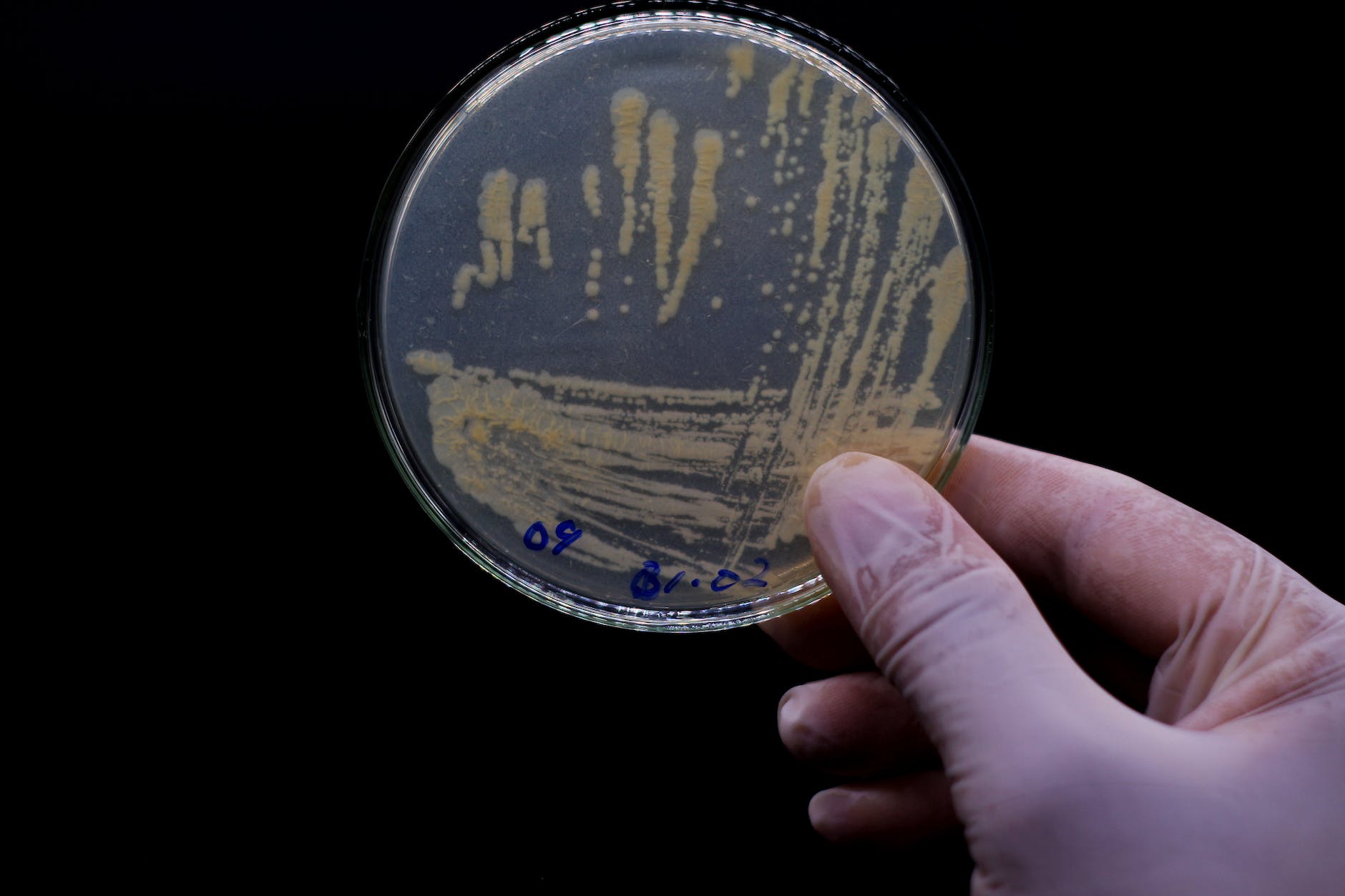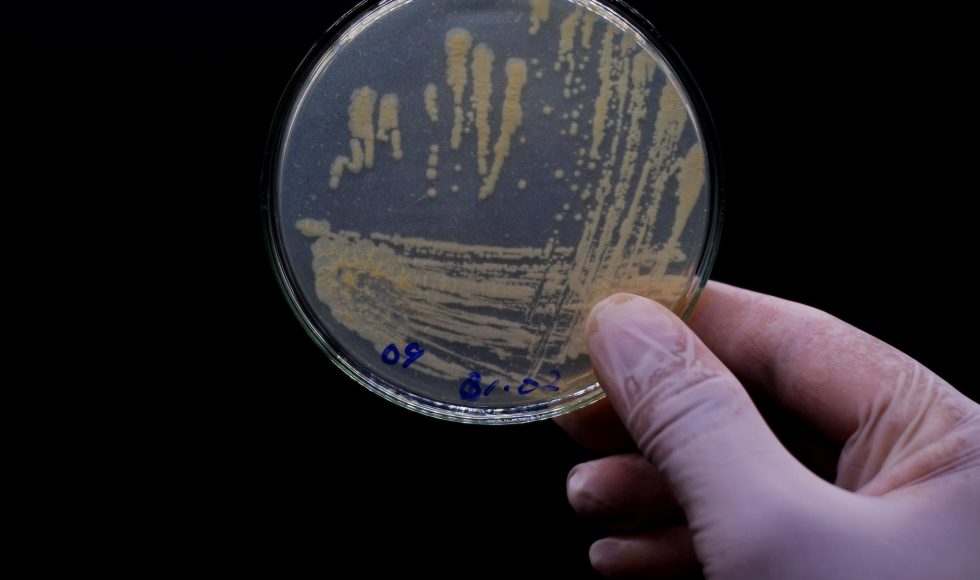“Student-Led, Instructor-Supported Investigations into Diauxic Growth” was the title of the ASMCUE 2022 recorded session I watched tonight. Drs. Matthew B. Crook and Matthew J. Domek from Weber State University presented this ten-minute video. They defined the diauxic growth curve as a fundamental growth curve associated with the growth of Escherichia coli. A challenge is doing growth curves in a class period. Staggering cultures can be done but this approach generates data that can be difficult to put together. A growth curve of E. coli K12 grown overnight in media with glucose and then M9 minimal media without glucose and have students test different carbohydrates. Each group is assigned four wells in a 48 well plate to determine growth and diauxic growth with 50 and 100 mM final concentrations. Students perform the dilution and media and then cultures are inoculated with 1 ul of overnight E. coli K12. Using a plate reader and readings every 10 minutes, a growth curve can be created. Students then analyze the data and determine if diauxic growth occurs. Students did combinations of sorbitol and glucose or sorbitol alone at 50 mM. The lag phases can be determines and a second exponential phase can be identified. The presenters showed a series of diauxic growth carbon sources as well as organisms that exhibit diauxic growth. This short session gave me several ideas about diauxic growth in the organisms we work with!



